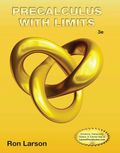
Concept explainers
a.
Verify the graphs could be the graph of 1y1y3
a.
Answer to Problem 1PS
Explanation of Solution
Given information:
Consider the graphs of the four functions


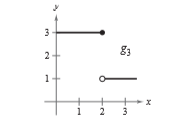
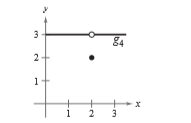
For each given condition of the function
Calculation:
Consider the graph of following functions

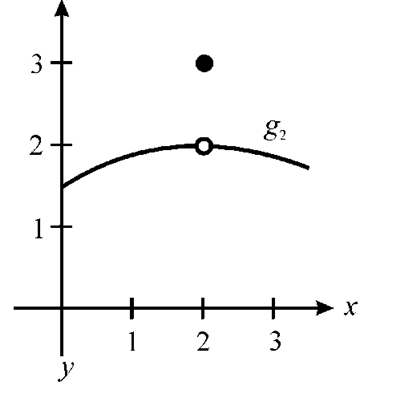

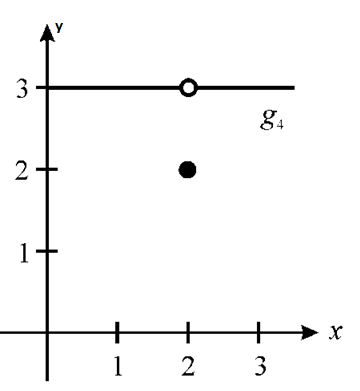
To identify the graphs that satisfy the conditions, proceed as follows.
Observe the behaviour of graph as
Now consider the statement:
To identify the graphs that satisfy the given conditions, proceed as follows.
Identify the graphs that has limit of the function to either side of
On observing from the table, functions
Hence, the functions are
b.
Find the graphs could be the graph of
b.
Answer to Problem 1PS
Explanation of Solution
Given information:
Consider the graphs of the four functions
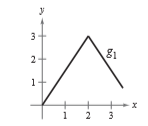
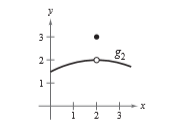


For each given condition of the function
Calculation:
Consider the graph of following functions
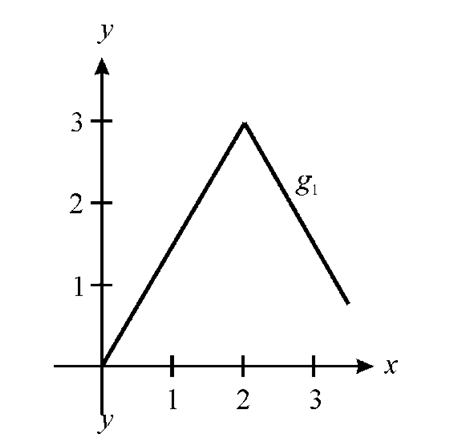
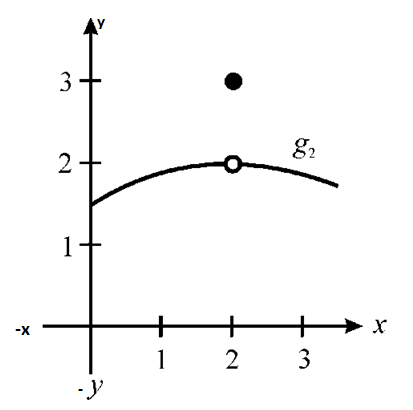
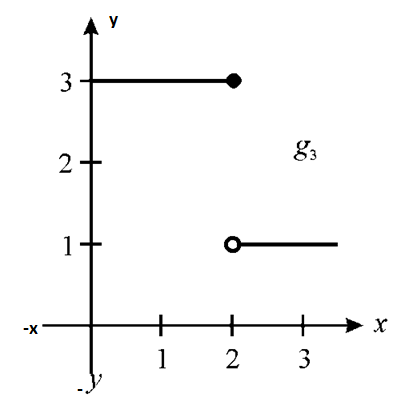
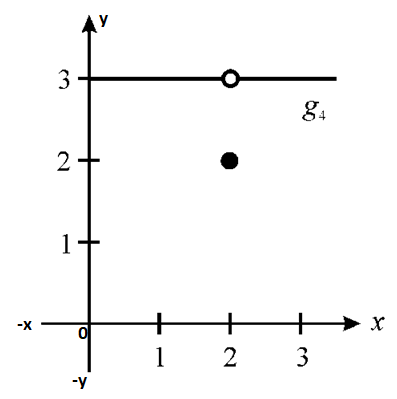
To identify the graphs that satisfy the conditions, proceed as follows.
Observe the behaviour of graph as
Now consider the statement:
To identify the graphs that satisfy the given conditions, proceed as follows.
Identify the graphs that has limit of the function to left of
On observing from the table, functions
Hence, the functions are
c.
Find the graphs could be the graph of
c.
Answer to Problem 1PS
Explanation of Solution
Given information:
Consider the graphs of the four functions



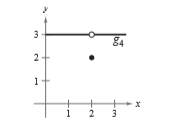
For each given condition of the function
Calculation:
Consider the graph of following functions
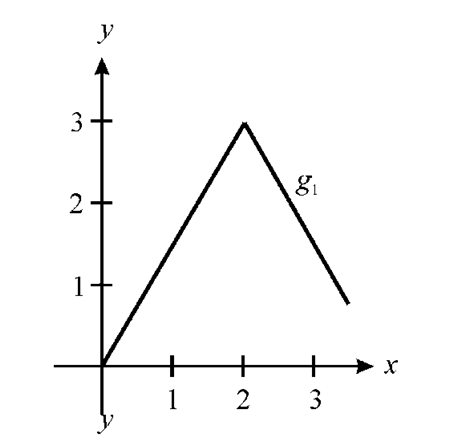
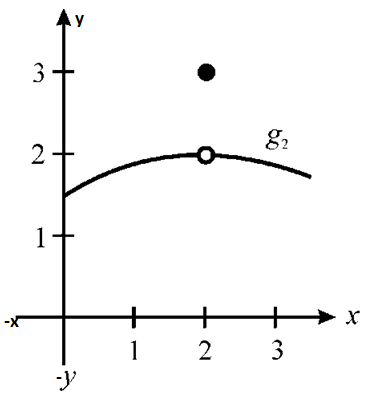
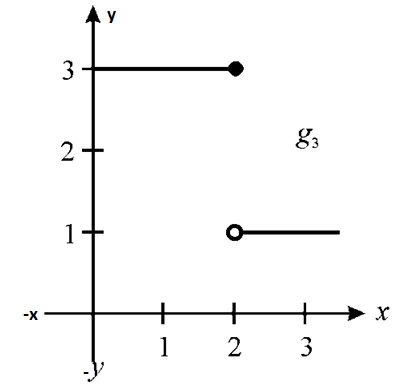

To identify the graphs that satisfy the conditions, proceed as follows.
Observe the behaviour of graph as
Now consider the statement:
To identify the graphs that satisfy the given conditions, proceed as follows.
Identify the graphs that has limit of the function to right of
On observing from the table, functions
Hence, the functions are
Chapter 12 Solutions
EBK PRECALCULUS W/LIMITS
 Calculus: Early TranscendentalsCalculusISBN:9781285741550Author:James StewartPublisher:Cengage Learning
Calculus: Early TranscendentalsCalculusISBN:9781285741550Author:James StewartPublisher:Cengage Learning Thomas' Calculus (14th Edition)CalculusISBN:9780134438986Author:Joel R. Hass, Christopher E. Heil, Maurice D. WeirPublisher:PEARSON
Thomas' Calculus (14th Edition)CalculusISBN:9780134438986Author:Joel R. Hass, Christopher E. Heil, Maurice D. WeirPublisher:PEARSON Calculus: Early Transcendentals (3rd Edition)CalculusISBN:9780134763644Author:William L. Briggs, Lyle Cochran, Bernard Gillett, Eric SchulzPublisher:PEARSON
Calculus: Early Transcendentals (3rd Edition)CalculusISBN:9780134763644Author:William L. Briggs, Lyle Cochran, Bernard Gillett, Eric SchulzPublisher:PEARSON Calculus: Early TranscendentalsCalculusISBN:9781319050740Author:Jon Rogawski, Colin Adams, Robert FranzosaPublisher:W. H. Freeman
Calculus: Early TranscendentalsCalculusISBN:9781319050740Author:Jon Rogawski, Colin Adams, Robert FranzosaPublisher:W. H. Freeman
 Calculus: Early Transcendental FunctionsCalculusISBN:9781337552516Author:Ron Larson, Bruce H. EdwardsPublisher:Cengage Learning
Calculus: Early Transcendental FunctionsCalculusISBN:9781337552516Author:Ron Larson, Bruce H. EdwardsPublisher:Cengage Learning





